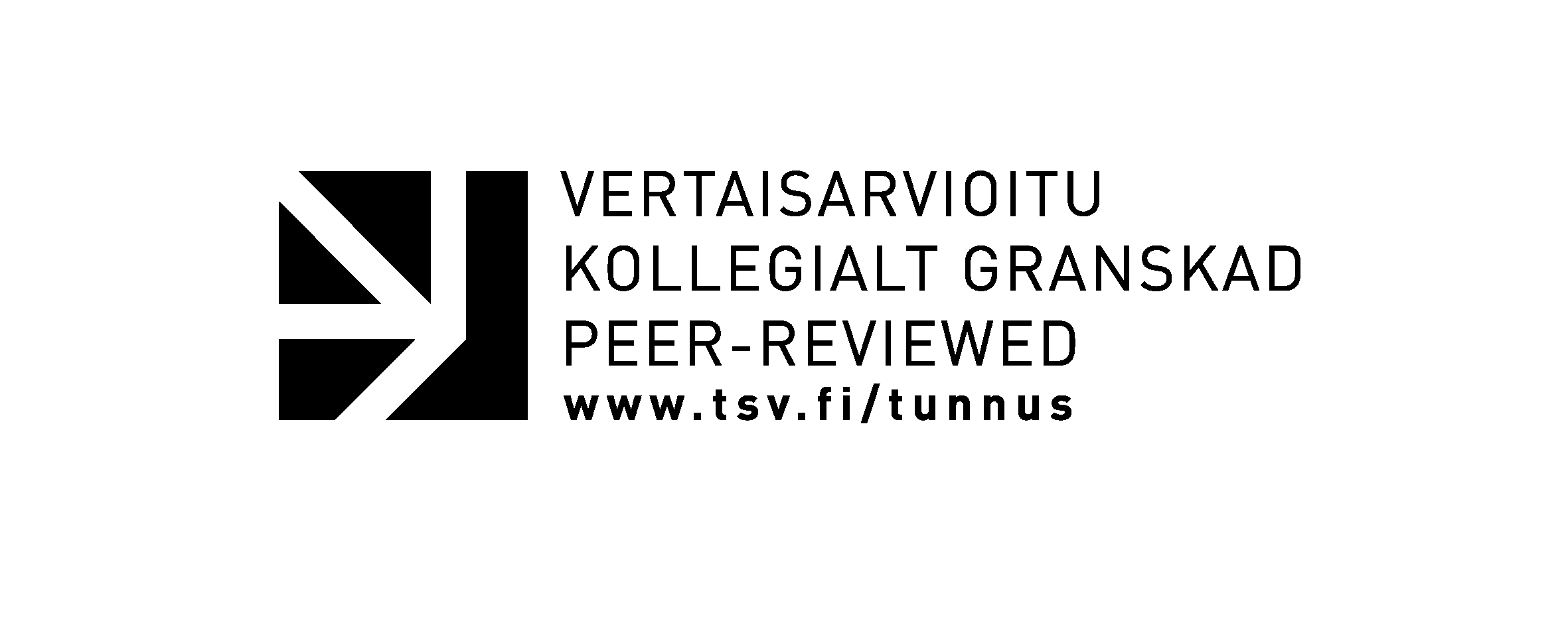Domesticating Social Change: Estonian Home in Transition
Keywords:
home, social change, modernity, continuity, taste, memoryAbstract
Estonian cultural history in the 20th century was strongly marked by political cataclysms and the following periods of transition and adaptation. The occupation of Estonia by the Soviet regime in 1940 is usually represented as the main negative disruption, and the restoration of sovereignty in the early 1990s as the main positive disruption. However, the latter was followed by a transition period characterised by a quick change of both quantitative and qualitative parameters: for example, the substitution of dictatorial powe structures and relations for democratic ones; the adaptation of society members to external standards and expectations, etc. The rapid and abrupt changes characteristic of transition society usually take place at a high social price and are often accompanied by inevitable traumas. Conscquently, in Estonian public and academic discourse the conception of interrupted history became dominant over the past two decades (Kõresaar 2005; Laanes 2009), and was most explicitly defined by the writer and cultural theoretician Hasso Krull:
"Estonian culture is originally based on the motive of disruption ... by the culture of disruption l primarily mean the characteristic tendency of Estonian culture as a whole (1996, 7)."
Thus, paradoxically, cultural continuity primarily became to be conceptualised as a series of disruptions.







